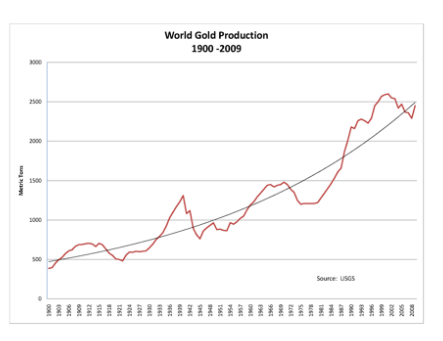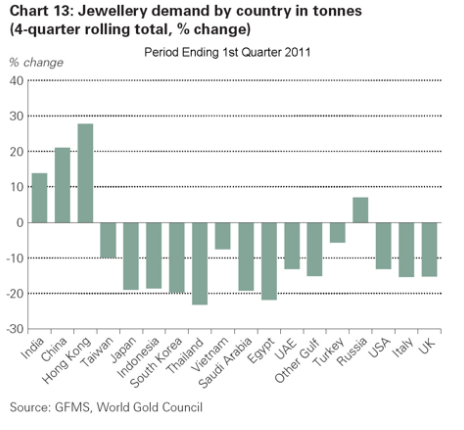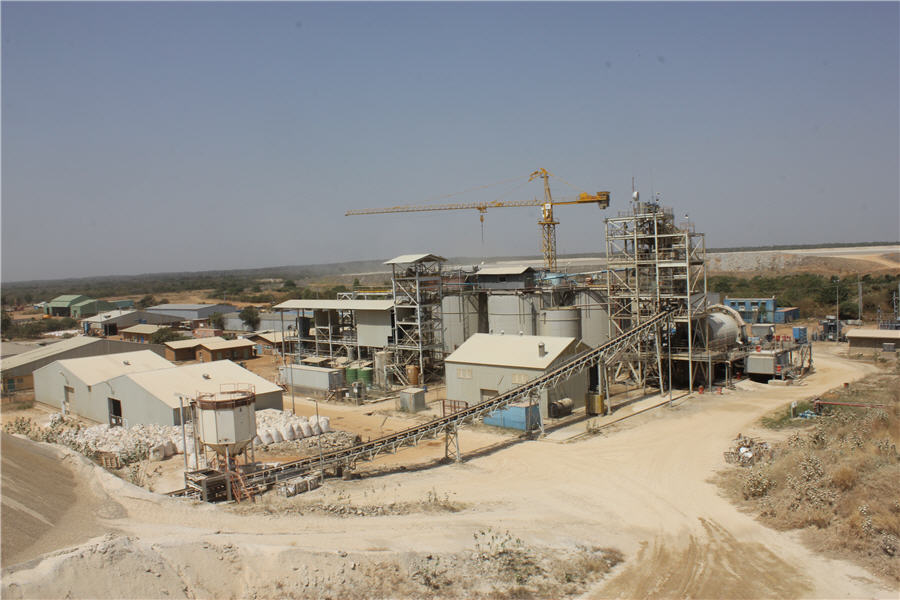Why gold isn’t currency
Most of the naysayers to the fact that gold is a wildly overvalued commodity seem to think it is not a bubble because gold is “currency.” Even Cramer has weighed in that gold is currency — so buy, buy, buy.
The truth is that gold is not currency because it doesn’t meet the economic definition of “currency” and will never be able to in the modern world. Currency is something that can be used as a medium of exchange and must have certain characteristics which have been known since at least the 1600s. Gold money lacks most of these: It’s not very durable, is hard to transport, is easy to counterfeit and is a variable store of value.
There are no countries on the gold standard today. Even in Utah, where they passed a law that gold coins are legal tender, nobody can actually use gold — unless they want to lose a lot of money. This law lets you take your $50 face-value US Mint Eagle, worth around $1500 and change (today), and use it to purchase $50 worth of whatever. States have the Constitutional issue of only being able to recognize gold and silver “coin,” which means someone else sets the face value. (The Utah Law lets you sell your gold and silver tax-free, but this is does not change the face value of coins.)
The only country that’s talking about going back on the gold standard is Zimbabwe. A country that goes from hyperinflation to the gold standard is not a leader in rational economic thought.
People claim that gold will give stability to a country’s currency because it is a store of value. If you look at gold pricing, you see that it varies like a commodity, with supply responding to pricing. The chart below shows current prices, inflation-adjusted prices and world production based on United States Geological Survey data. Note that there is a sharp drop in production in 2002 in response to low prices and a sharper pickup in production in 2009 due to higher prices. Gold supply is highly elastic (responsive) to pricing but has a lead time to bring new production on line of three to five years.
Note that the closing price on May 23 of $1513 was above the 1980 peak in inflation-adjusted dollars.
If you are a follower of Milton Friedman and believe that the money supply is the key to inflation, then you really don’t want a gold-based currency. Gold supply has always fluctuated wildly. Instead of relying on the judgment of a central banker to determine money supply, the gold standard guarantees that shortages of gold-based money will occur, and precipitate recessions followed by booms as supply comes back.
Adding a trendline to gold production since 1900 shows that production is increasing at an exponential rate, which would indicate inflation in the future if gold were your currency. True to the saying that high prices are the cure to high prices, the current high price of gold has caused a spike up in production. China, the world’s largest producer, increased gold production 8.6% in 2010 and is up 4.6% so far this year. Thus there’s not much of a shortage likely in the future unless demand grows exponentially, too.
Demand growth, other than hoarding (investment), is slowing dramatically. The World Gold Council reported jewelry demand is up only 7% in the first quarter, down from the 2010 rate of 11%, while investment grew at a 26% annual rate, up from 7% in 2010. If you remove China, India and Hong Kong demand from the mix, jewelry demand plunged, as shown in the chart below.
There are practical reasons other than transportation for why gold is never going to be adopted as a medium of exchange by any major country. The functional reason why central banks won’t go on the gold standard is that gold is a poor circulating currency, as it is not very durable and is easy to counterfeit.
Gold coins are so soft that people will “sweat” them by simply shaking a bag of gold coins and selling the dust that comes off. Any competent foundry can cast undetectable gold/tungsten bars, and the technology to counterfeit gold and silver coins is over 2,000 years old. Compare this to modern paper currency that requires cutting-edge technology to produce.
And you’re not going to keep politicians from playing games by using precious metals for money. Gold and silver are even easier to debase than they are to counterfeit. The Romans continually debased the denarius over hundreds of years to maintain their empire — a fact that people who cry about the immediate disaster that will occur from a weak dollar need to be aware of. There is also the ever-popular game of switching from gold to silver, depending on which is in the greatest supply or who has a corner on the world market. Germany’s decision to abandon the silver standard once it held up France for gold in the Franco-Prussian War triggered the Panic of 1873.
History has not been very kind to countries that tried to switch from paper currencies to gold or silver-based currencies. The Chinese invented paper currency, but during the Ming Dynasty (1368-1644), paper currency was replaced by silver. A shortage of imported silver resulted in the collapse of this 300-year-old dynasty. The attempt by European countries to go back on the gold standard after World War I was foretold by Keynes as a trigger for a recession. Keynes was wrong: It triggered the Great Depression.
To use gold as a standard, a country has to set the value of gold high enough that people (or countries) are willing to hold their currency instead of gold. FDR did this in 1934 by devaluing the dollar 70% against gold from $20.67 to $35 per ounce. That was so far over the fair value of gold that the United States was able to keep it for 37 years until August 15, 1971, when Richard Nixon decided to completely go off the gold standard rather than revaluing.
If you use the peak price of gold at the start of the recession (December 2007) of $830 per ounce, a similar increase would put it at $1411 — which is close enough to today’s close of $1512.30 to make me think that gold is as highly priced as it needs to be on a currency basis. In fact, you could infer gold is at a 20-30 year peak.
The current situation with gold seems to be that it’s appreciated enough to be overvalued enough to use as a monetary base, supply is increasing at an exponential rate and people are hoarding it, anticipating that it will somehow become a currency substitute. Supply and demand variability combined with practical issues means that gold will not become a mainstream currency, so it looks like a bubble that will pop dramatically. If the average cost of production is $1000 per oz. the price will quickly drop to a level that hurts production and we will start the cycle all over again.
Of course, if it is a bubble it could still go up a ways — but I doubt it, with the end of QE2 coming and China trying to slow down growth.
Disclosure: I have no positions in any stocks mentioned, but may initiate a short position in GLD, SPY over the next 72 hours.
More News
{{ commodity.name }}
{{ post.title }}
{{ post.date }}






Comments